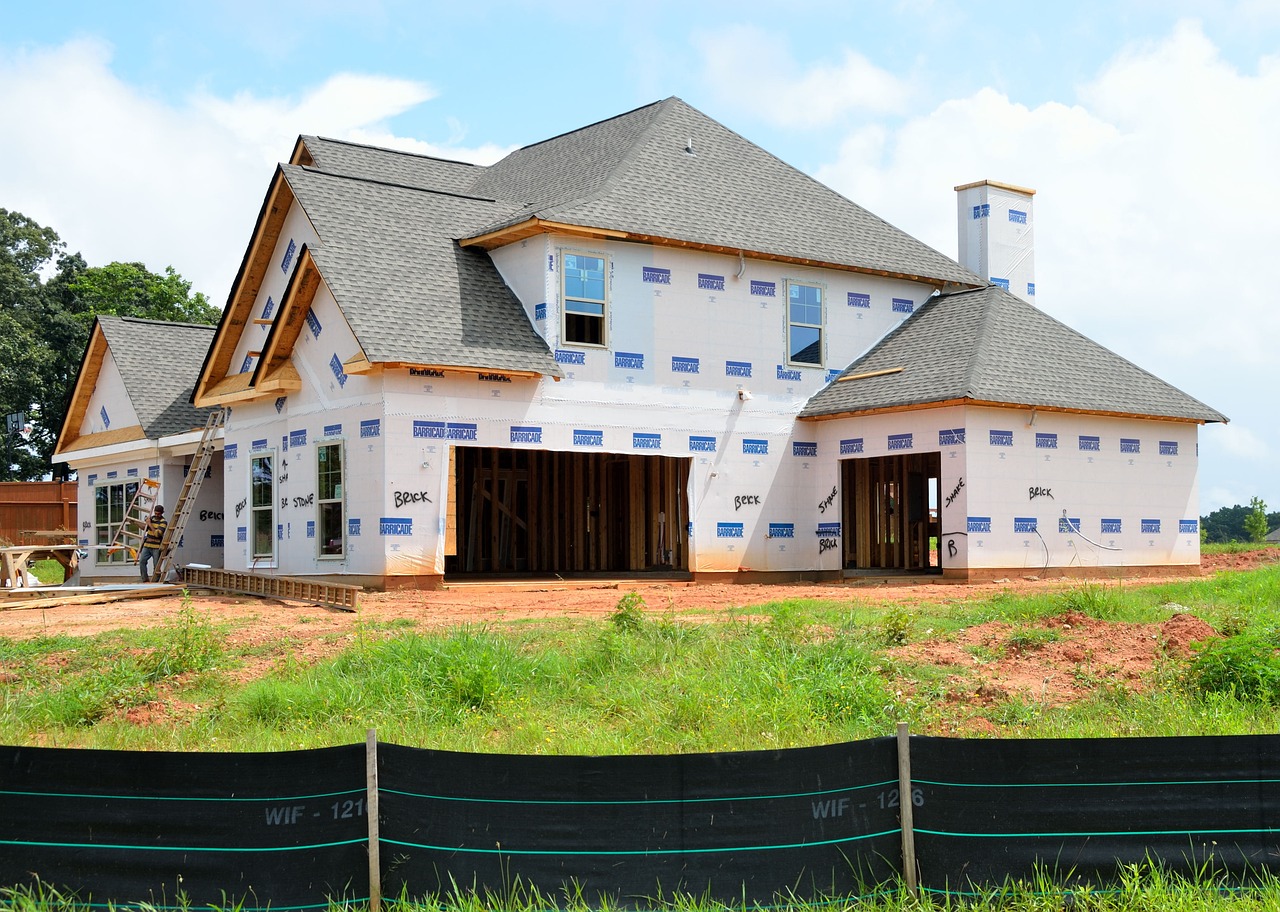It’s no secret that metro areas in Texas have been drawing massive numbers of transplants in recent years, and new data from the Census Bureau suggests the trend is not slowing down. In fact, the Houston and Dallas areas added more new residents than any other metro in the country last year.
Matt Zdun is a data journalist at the Houston Chronicle, and he joined Texas Standard to talk about these trends. Listen to the interview above or read the transcript below.
This transcript has been edited lightly for clarity:
Texas Standard: I noticed you’ve been doing some reporting specifically on what’s been going on in Houston. Tell us more.
Matt Zdun: Yeah. So it’s really interesting. As you mentioned, the Houston and Dallas metros added more people from other areas of the country than any other of the larger metros across the country. And so it sort of begs the question of “what’s going on?” Where are these people moving to?
When you talk to demographers, there’s really three components of population change. There’s the domestic migration, which is people moving into an area from other parts of the country. There’s international migration, which is people moving in from other countries. And then, of course, there’s the natural change, which is births minus deaths.
In the case of Houston, we see from this new census data – the population estimates from 2022 to 2023 – that people are largely moving into Harris County’s northern neighbor, Montgomery County, and its neighbor to the southwest, Fort Bend County, in really large numbers. If you look at just the county breakdown, there were more than 25,000 people that moved into Montgomery County. That was the second highest county of any of America’s, you know, 3,100+ counties.
I guess the question that I have, though, is how many of these new residents of the area are coming from other parts of the U.S.?
Yeah. So we’re talking about domestic migration. And so we can assume that a fair number of these people are coming from other metros because that’s how they calculate this in the census.
So it’s people that are saying that they want to work in Houston, they’re getting a job in Houston, and then they’re coming here and deciding where they want to live. And so ultimately, you know, we know that housing is cheaper in some of these satellite counties. We know that they can get better deals in some of these areas.
And then if you look at why the Houston metro is humming along so much, it’s because the Houston metro has added back more than 150% of the jobs it lost during the pandemic, actually. So it gained back all of the jobs it lost, plus a big bump as well. If you look at other metros like Chicago, San Francisco, they haven’t yet managed to do that. New York, it’s recovered most of its jobs – but just kind of barely.
So people are largely moving here for opportunity. They’re settling on the Houston metro. And then when they get here, they’re deciding where they want to live.
You know, this is interesting because we often hear jobs as an explanation for this phenomenon, but some have noted that this may be a continuation of what a Texas writer once called “the Big Sort.” You know, lifestyle choices and politics are leading people to leave some parts of the country and resettle where they feel like they’re among like-minded folks.
I mean, if you go on to YouTube, for example, you see tons of videos of people talking about this, even with instructions on where to go. How much of an effect are these social and political divides having on Texas demographics, do you think?
You know, it’s pretty interesting, I think, to sort of tease out this question.
You could look at what were some of the fastest growing metro areas last year, according to the census data. And if you look at all areas in the South – Florida, South Carolina, Texas, Alabama – all of those areas, they saw the fastest growth since 2022. So this data doesn’t really make any judgment or we can’t really infer too much from it.
But what we can see is that people are deciding to move to the American South more than they are other regions across the country.














